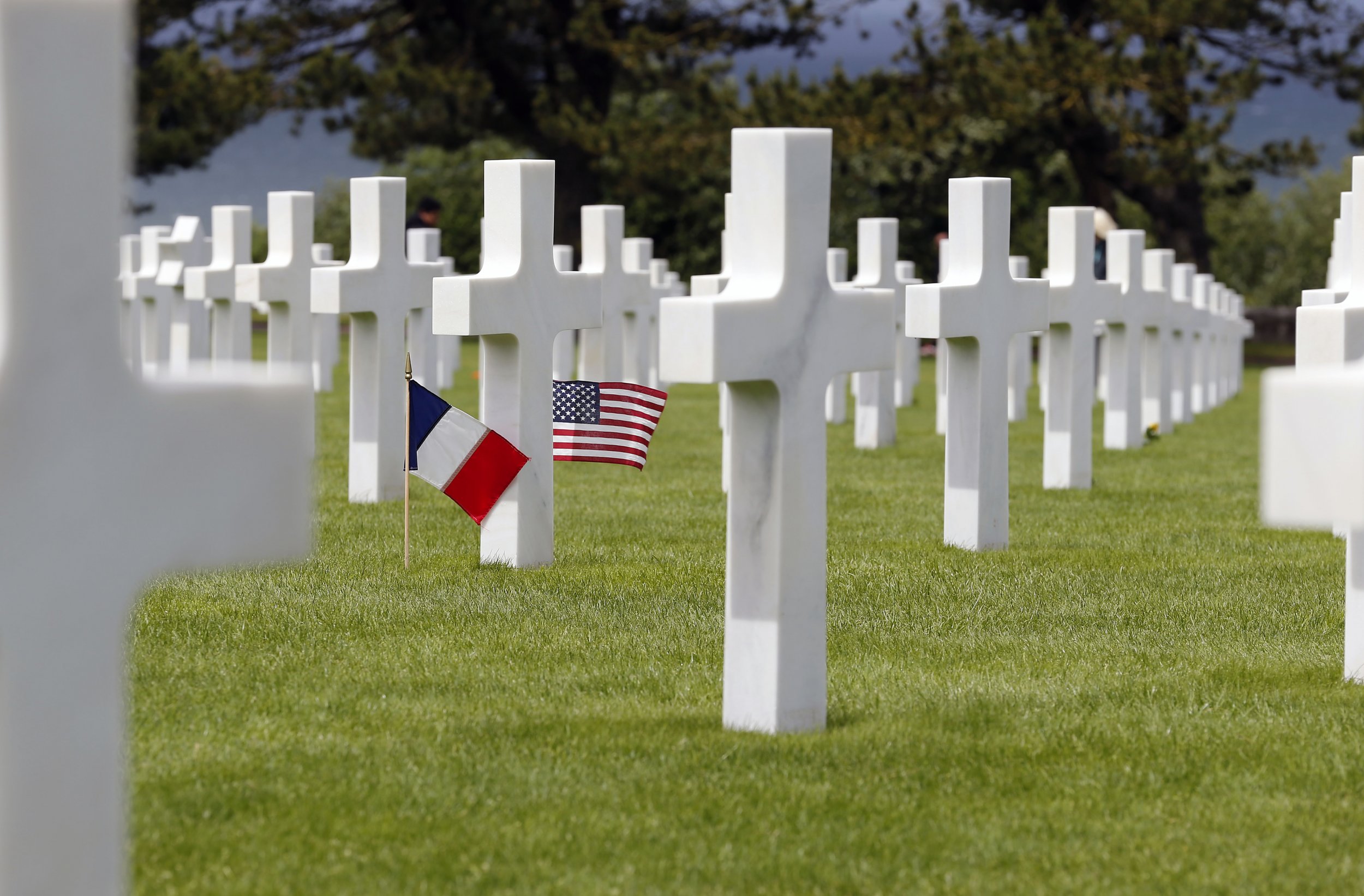

In the build up to D-Day, around 17 million maps were drawn up in preparation to execute the invasion. They were also banned from travelling outside of the UK in case they were captured and coerced into revealing top secret information. Those on the ‘BIGOT’ list (which stood for the British Invasion of German Occupied Territory) had knowledge of the D-Day planning work, including the landing beaches and the date of the invasion. Some information was more than ‘Top Secret’Īll information relating to the invasion was marked ‘BIGOT’ – a security classification even higher than ‘Top Secret’. The basic pay for a British infantryman was three pounds and 15 shillings per month – much lower than US soldiers, who earned around £12 per month by comparison. British infantry earned much less than the US More than 70,000 British women married American servicemen during the war. US soldiers assisting with the effort were very popular among young British women, thanks to earning around £12 per month. More than two million troops from more than 12 countries were in Britain in preparation for the invasion, with forces on D-Day consisting primarily of American, British and Canadian troops.įorces from Australia, Czechoslovakia, France, Norway and Poland also assisted in the effort.


Forces on D-Day primarily consisted of American, British and Canadian troops (Photo: Shutterstock) D-Day was an international effort The deception plan intended to keep the Germans guessing as to when and where the invasion would take place was codenamed ‘Operation Bodyguard’. There was a fake armyĪ fake army made up of inflatable tanks and trucks was set up in Kent, in an effort to trick the Germans into thinking the invasion would take place in the Pas-de-Calais The deception plan also had a codename The successful invasion of Nazi-occupied Europe was codemaned ‘Operation Overlord’. The 13th (Lancashire) Parachute Battalion enlisted dogs into their ranks for D-Day, with the pups trained to locate mines, keep watch, sniff out enemy positions and warn about incoming troops, helping to save many Allied lives. Strong winds and rough seas made the landings difficult (Photo: Shutterstock) Parachuting dogs were enlisted to help The weather was still not ideal on 6 June, with strong winds and rough seas making the landings difficult, but further postponement would have pushed the invasion back to 19 June, when a severe storm hit the Channel, and increased the chance that plans would be detected. D-Day was originally planned for 5 June 1944, but it had to be delayed 24 hours due to poor weather conditions.


 0 kommentar(er)
0 kommentar(er)
